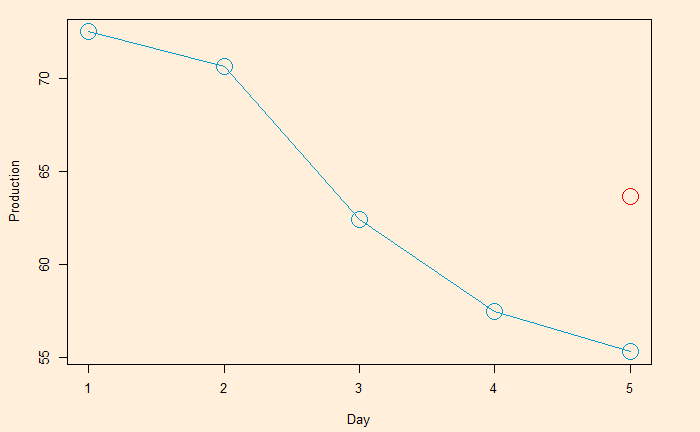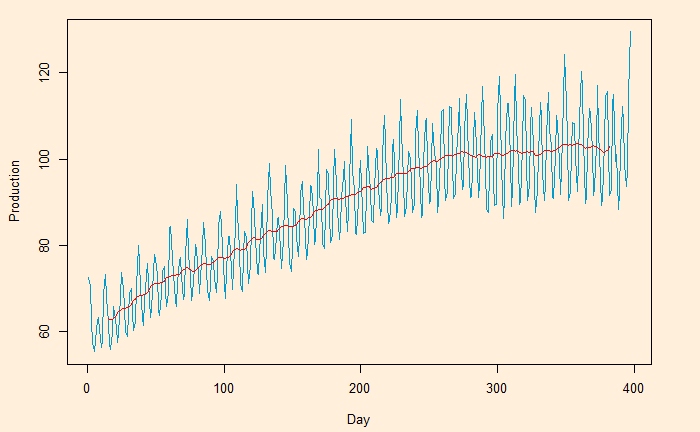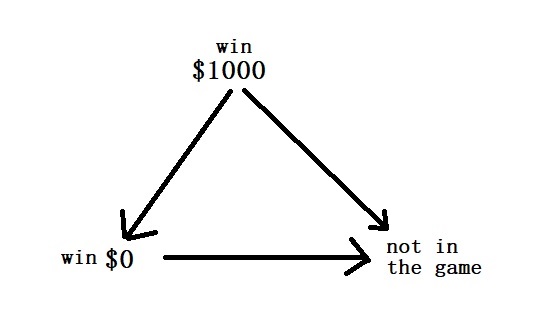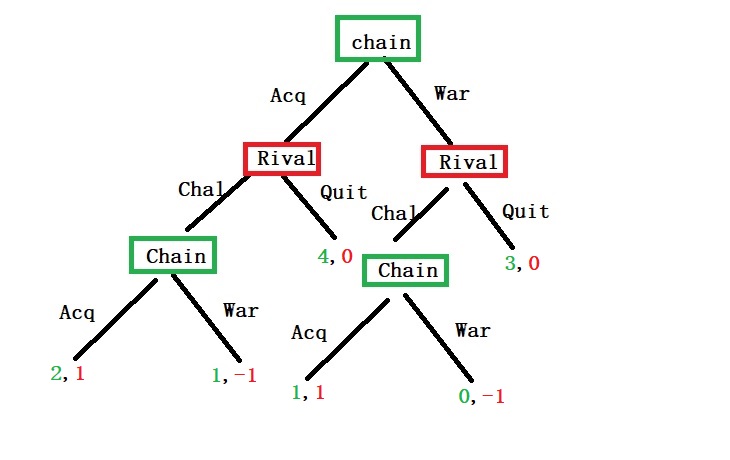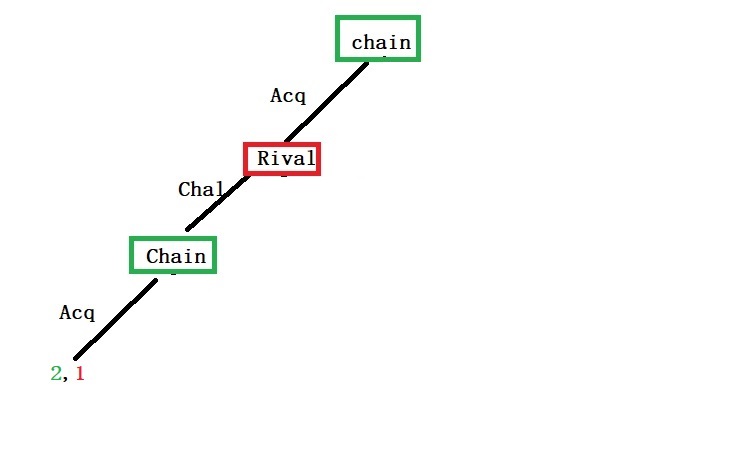Pilot Hit
Data from a television production company suggests that 10% of their shows are blockbuster hits, 15% are moderate success, 50% do break even, and 25% lose money. Production managers select new shows based on how they fare in pilot episodes. The company has seen 95% of the blockbusters, 70% of moderate, 60% of breakeven and 20% of losers receive positive feedback.
Given the background,
1) How likely is a new pilot to get positive feedback?
2) What is the probability that a new series will be a blockbuster if the pilot gets positive feedback?
The first step is to list down all the marginal probabilities as given in the background.
| Pilot | Outcome | Total | |
| Positive | Negative | ||
| Huge Success | 0.10 | ||
| Moderate | 0.15 | ||
| Break Even | 0.50 | ||
| Loser | 0.25 | ||
| Total | 1.0 |
The next step is to estimate the joint probabilities of pilot success in each category.
95% of blockbusters get positive feedback = 0.95 x 0.1 = 0.095.
Let’s fill the respective cells with joint probabilities.
| Pilot | Outcome | Total | |
| Positive | Negative | ||
| Huge Success | 0.095 | 0.005 | 0.10 |
| Moderate | 0.105 | 0.045 | 0.15 |
| Break Even | 0.30 | 0.20 | 0.50 |
| Loser | 0.05 | 0.20 | 0.25 |
| Total | 0.55 | 0.45 | 1.0 |
The rest is straightforward.
The answer to the first question: the chance of positive feedback = sum of all probabilities under positive = 0.55 or 55%.
The second quesiton is P(success|positive) = 0.095/0.55 = 0.17 = 17%
| Pilot | Outcome | |
| P(Positive) | P(success|Positive) | |
| Huge Success | 0.095 | 0.17 |
| Moderate | 0.105 | 0.19 |
| Break Even | 0.30 | 0.55 |
| Loser | 0.05 | 0.09 |
| Total | 0.55 | 1.0 |
Reference
Basic probability: zedstatistics


